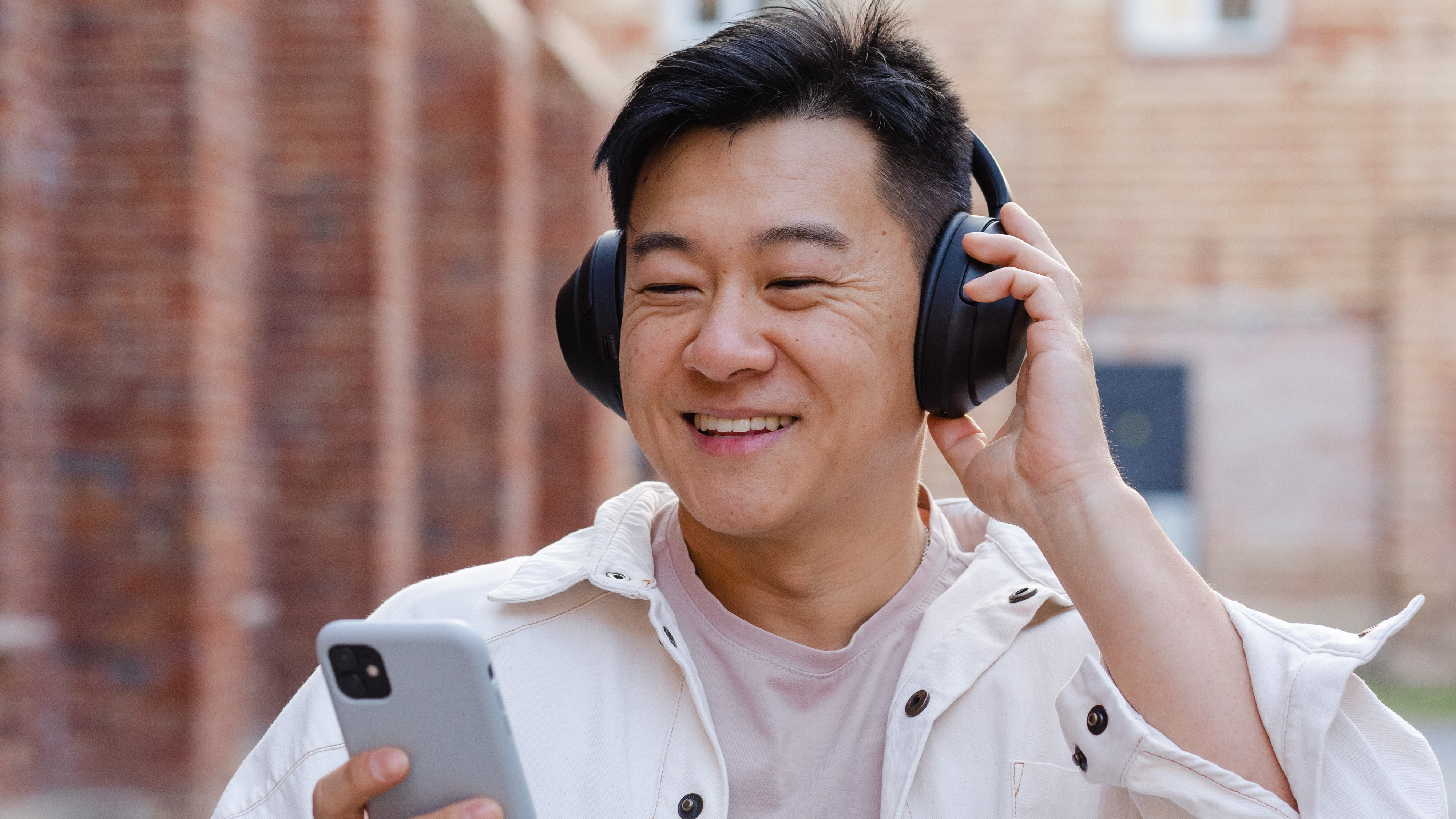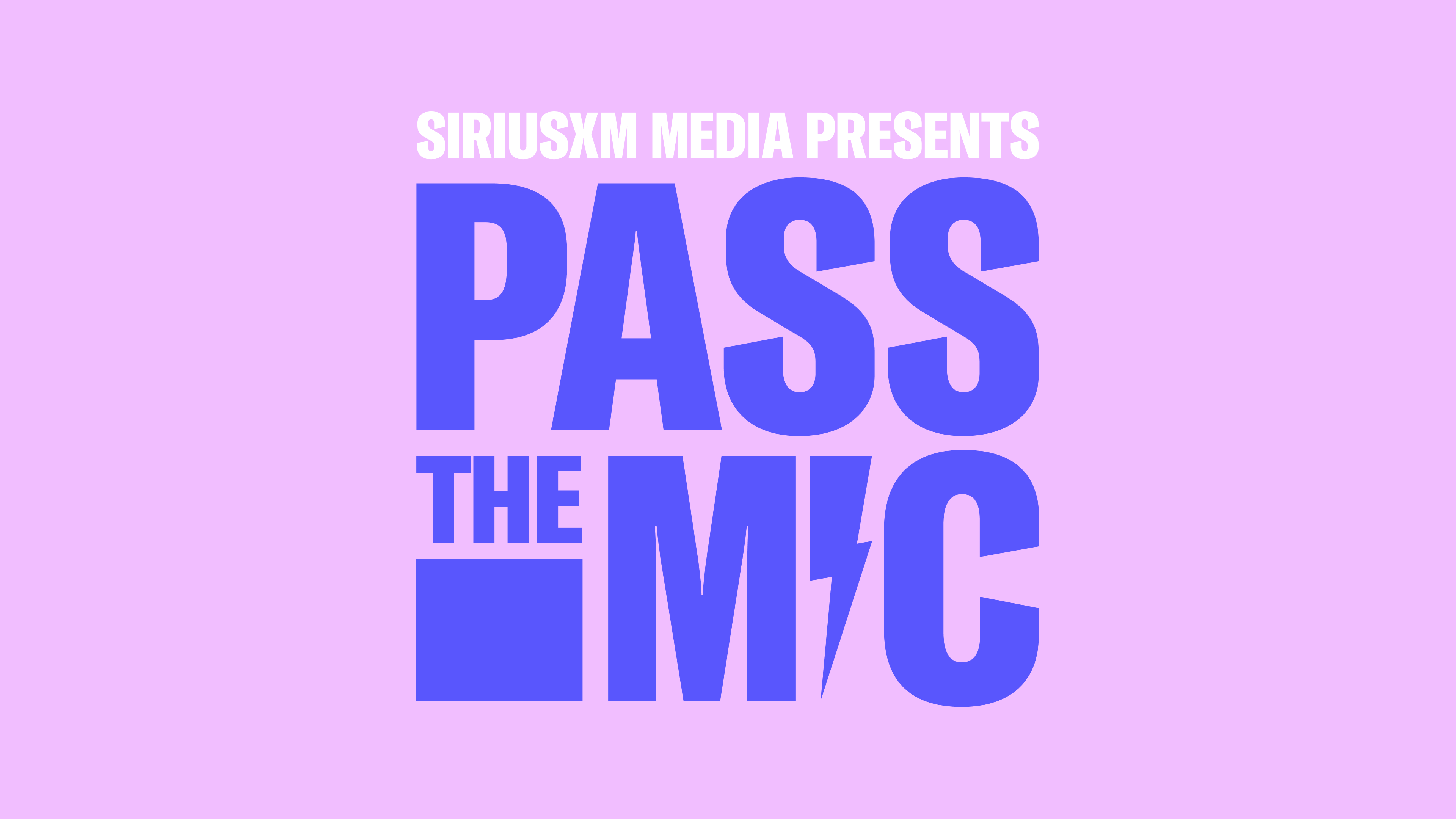5 Reasons Your Next Video Campaign Needs Digital Audio
Casey Fandacone, Senior Sales Marketing SpecialistAug 3, 2023When it comes to video creative, advertisers pull out all the stops. From signing big name talent, to filming in remote locations, to licensing the best music tracks, brands are working hard to hook consumers from the moment they hit play. But ad placement matters even more than creative execution. TV, CTV, video streaming platforms, and social media may be your go-to spaces for video, but have you thought about digital audio?
If you want your video ad to stand out and be seen, digital audio is the best environment for your video creative. Here’s why.
1. Video ads are a welcome addition to the listening experience.
Picture this: You’re on Pandora listening to your Today’s Country station. As you thumb up a surprisingly amazing song, you’re prompted to watch a video ad. You’ve only been using your ears this entire time, so when you see an ad for a car you’ve been eying, you’re happy to lean in and click through.
Scenarios like this are common across the SiriusXM Streaming Network. While consumers of more visual platforms may be fatigued by the time they get your video ad, our listeners have fresh eyes and minds, and they're ready to process your message.
Product Spotlight
Streaming Video: Reach listeners across multiple devices and platforms with your video ad. Our video ads only reach listeners when they’re engaging with our platforms, like when they’re logging in or skipping a song, so you can be sure that your audience is engaged and leaned into your message.
2. Consumers are less likely to mute your ad.
Video ads are a multi-sensory experience that require both sight and sound to pull people in. Sound helps viewers process what they’re seeing and take in the message you’re trying to convey.
If you’re advertising across digital, you’re likely to reach your consumers on mobile. But did you know that 75% of people who watch video ads on mobile tend to watch them on mute? That means that the effort you put into your sound bed and voiceover may be in vain.
Our network has an impressively low mute rate for video ads. Across the SiriusXM Streaming Network, the mute rate is only 0.12%! By running your ads across our network, your video is not only seen but heard almost every time, even on mobile.
3. Rewards make video ads worth the watch.
People want to feel in control over when, where, and how ads are reaching them. This desire makes a big difference in how they perceive ads. So how do you ensure your video ads are reaching them when they’re most receptive? By giving them the chance to opt in, of course.
Across our network, 87% of users listen with ads. And over half of our listeners say that advertisements are a fair price to pay for the free audio content they get, so you know they are expecting your ad. To make the listening experience mutually beneficial to both audiences and advertisers, we’ve developed engagement-based ad solutions to incentivize their time with your video. From reward-based video ads that offer uninterrupted listening and premium features to sponsored sessions, listeners will want to watch your video ads.
Product Spotlight
Video Plus: Video Plus incentivizes users to watch your ad in exchange for premium features and on-demand listening. You scratch the listener's back with perks, they scratch yours with authentic engagement.
4. Consumers are more likely to watch your ad all the way through.
Just because someone is served your video ad, doesn't mean they are watching it till the end. On video streaming platforms, consumers may be given the option to skip your ad a few seconds in, fast forward, or simply walk away and miss key parts of your messaging. The standard video completion rate (VCR) in these spaces is typically around 70%-80%. Comparatively, VCR is 87.2% on Pandora and 89.97% on SoundCloud, so you know your consumers are watching.
Product Spotlight
Sponsored Access: Sponsored Access has a VCR of 95.5%, higher than any of our other video products. That’s because Sponsored Access puts listeners in control to opt in and watch your ad. To make this even more worth your while, you only pay for users who watch a full 15 seconds of video. It doesn’t get better than that!
5. Adding video to your digital audio campaign delivers.
We’ve given you all the reasons why digital audio partners like SXM Media work for video, but all those impressions and engagement mean nothing if they’re not driving tangible results for your brand. The good news is that we’ve measured the impact of adding video to your SXM Media campaign, and we’ve found that it drives huge lifts in brand metrics including awareness (+9pts), favorability (+5pts), and purchase intent (+5pts).
Digital audio gives advertisers access to engaged eyes and ears, delivering fully immersed consumers who are just waiting to see your ad. So the next time you’re looking for video ad partners, don’t forget about digital audio, and certainly don’t sleep on SXM Media. Let’s talk about video with digital audio.
Related Insights
 Digital Audio
Digital AudioThe Digital Audio Download: Your Share of Ear Readout
Apr 18, 2024 Events
EventsDiscover the Power of Female Podcast Creators
Apr 18, 2024 Targeting
TargetingWhat's the Vibe? How Mood Targeting Improves Your Ad Timing.
Apr 17, 2024 DE&I
DE&I"All of your roles are equally important," Linda Bethea from Danone
Apr 16, 2024







